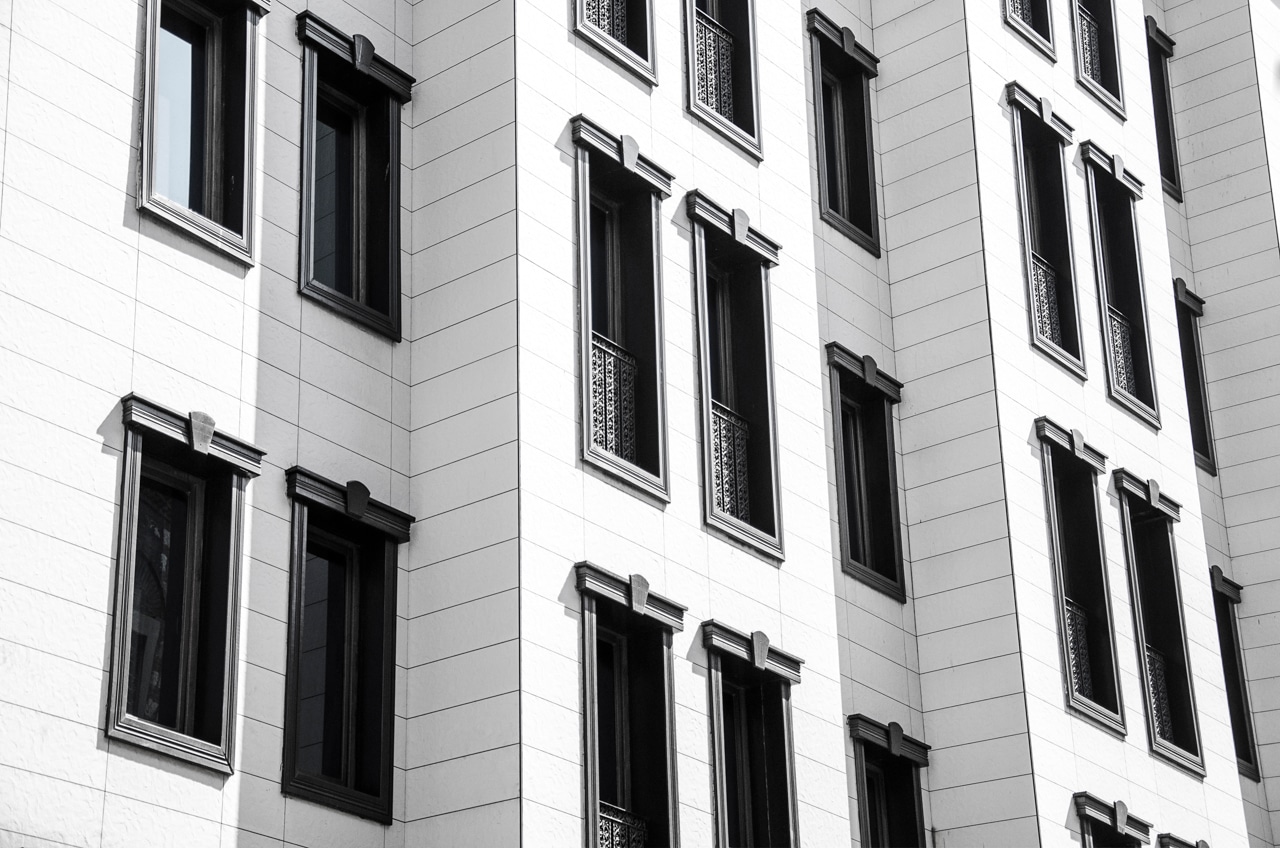24 Sep 2023
Modular and Prefabricated Construction Methods
In recent years, the construction industry has witnessed a significant shift towards efficiency and sustainability, and at the forefront of this revolution are modular and prefabricated construction methods. These innovative approaches have gained widespread recognition and are rapidly transforming the landscape of modern building practices.

What is Modular and Prefabricated Construction?
Modular and prefabricated construction, often used interchangeably, are two distinct methodologies, each with its unique advantages. Both methods involve fabricating building components off-site in a controlled factory environment before being transported to the construction site for assembly.
- Modular Construction:
Modular construction involves creating entire building modules in the factory. These modules, which can be anything from entire rooms to fully functional units, are assembled like building blocks on-site to form the final structure. This method allows for greater customization, as each module can be tailored to the specific requirements of the project. - Prefabricated Construction:
On the other hand, prefabricated construction focuses on individual components or building elements, such as walls, floors, or roofs, being manufactured in the factory and then transported to the site for assembly. Prefabrication streamlines the construction process and reduces the time spent on-site significantly.
Benefits of Modular and Prefabricated Construction
The growing popularity of modular and prefabricated construction is primarily attributed to the numerous benefits they offer, including:
1. Faster Construction Time:
Compared to traditional construction, which can be labor-intensive and time-consuming, modular and prefabricated methods are remarkably faster. The concurrent processes of site preparation and off-site fabrication result in significantly reduced project timelines.
2. Enhanced Quality Control:
Factory-controlled environments ensure that each component is manufactured to precise specifications, leading to higher quality assurance. The use of advanced technology and automated machinery reduces the risk of human errors, resulting in a superior end product.
3. Cost-Efficiency:
While initial costs may be similar to conventional construction, modular and prefabricated methods ultimately lead to cost savings. Reduced labor expenses, minimized material wastage, and faster project completion result in overall budget optimization.
4. Sustainability and Eco-Friendliness:
Modular and prefabricated construction methods promote sustainability by minimizing construction waste and optimizing resource utilization. Additionally, the controlled environment in factories allows for better energy efficiency and reduces the carbon footprint associated with on-site construction.
5. Flexibility and Adaptability:
The modular nature of these construction methods allows for greater flexibility in design and future expansion. As businesses and needs evolve, modular buildings can be easily modified, relocated, or expanded to accommodate changing requirements.
6. Improved Safety Standards:
Factory assembly ensures a safer working environment for construction workers. With hazardous tasks often completed in the controlled factory setting, on-site risks and accidents are significantly reduced.
Applications of Modular and Prefabricated Construction
The versatility of modular and prefabricated construction has led to their adoption in various sectors and for a wide range of building types, including:
1. Residential Construction:
From single-family homes to multi-story apartment complexes, modular construction has gained popularity in the residential sector due to its rapid construction time and energy-efficient designs.
2. Commercial Buildings:
Office spaces, retail centers, and other commercial establishments are increasingly utilizing prefabricated construction to meet tight deadlines and optimize construction costs.
3. Healthcare Facilities:
Hospitals and medical centers often rely on modular construction to ensure quick expansion and provide top-notch healthcare services promptly.
4. Education Facilities:
Prefabricated classrooms and educational buildings offer a cost-effective solution to cater to the growing needs of educational institutions.
5. Hospitality Industry:
The hospitality sector embraces modular construction for hotels and resorts, enabling them to accommodate guests faster and capitalize on seasonal demands.
6. Industrial Buildings:
Warehouses and industrial complexes benefit from modular construction’s efficiency in meeting storage and operational requirements.
Future Outlook and Conclusion
The future of construction lies undoubtedly in the hands of modular and prefabricated methods. With growing concerns about environmental impact and the urgent need for sustainable practices, these construction approaches offer viable solutions for the building industry.
The technological advancements and innovations in the field continue to enhance the capabilities and appeal of modular and prefabricated construction. As more stakeholders recognize the benefits, these methods will undoubtedly gain further traction and reshape the construction landscape.
In conclusion, modular and prefabricated construction represent the epitome of modern building practices. Their numerous advantages, ranging from enhanced efficiency and cost-effectiveness to sustainability and safety, make them the ideal choice for present and future construction needs.
Embracing modular and prefabricated construction is not only a smart business decision but also a conscious step towards a greener and more sustainable world. As the construction industry continues to evolve, these methods will lead the way in creating structures that stand the test of time while minimizing their impact on the environment.


